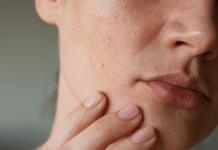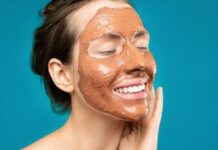1 Understanding UV Rays: Their Origin and Characteristics
Sunlight is divided into three main groups based on their wavelengths: Infrared rays, visible light, and UV rays. UV (ultraviolet radiation) is a form of electromagnetic radiation that originates from the sun or other artificial sources like tanning beds and soldering irons. The term ultraviolet denotes that it falls above the color purple in the electromagnetic spectrum, meaning it is invisible to the naked eye. UV rays have wavelengths shorter than visible light but longer than X-rays, and they can be further categorized into the near ultraviolet region (380 to 200 nm) and the ultraviolet or vacuum ultraviolet region (200 to 10 nm).

UV rays can have various effects on health and the environment, falling into three categories:
- UVA rays (wavelengths from 380 – 315 nm), also known as long waves or black light.
- UVB rays (wavelengths from 315 – 280 nm), also known as midwaves.
- UVC light (wavelength shorter than 280 nm), also known as short wave or sterilizing wave.
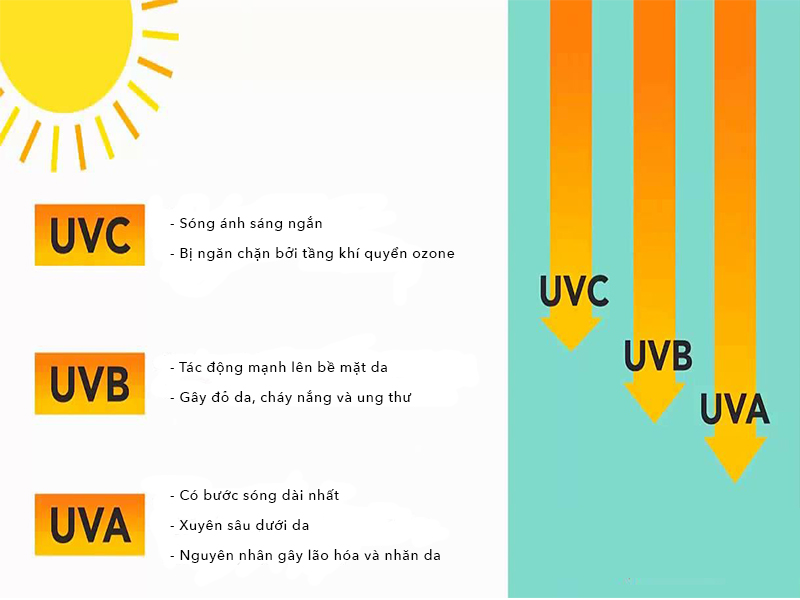
Some animals and plants have unique interactions with UV light. Birds, reptiles, and insects like bees can perceive UV light, while certain fruits and berries appear more vibrant in UV environments to attract pollinators. Moreover, UV light can unveil special patterns on the plumage of birds that are invisible under normal light.
While UV tanning has its benefits such as the synthesis of vitamin D and disinfection properties, it is important to be aware of the potential harmful effects that UV rays can have on our skin.
2 The Impact of UV Rays on Skin Health
UV rays can inflict several detrimental effects on the skin:
Causes skin cancer
Prolonged exposure to UV radiation is a major cause of skin cancer, including basal cell carcinoma, squamous cell carcinoma, and malignant tumors. In fact, up to 90% of skin cancers are attributed to UV radiation.
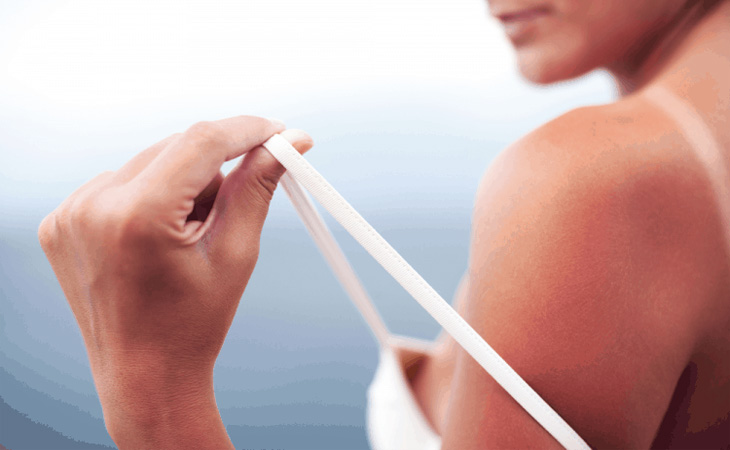
Causes sunburn
Sunburn occurs when the skin cells are damaged by absorbing energy from UV rays. This leads to redness and inflammation as the body’s response to repair the damaged cells.
Impairs the immune system
Overexposure to UV radiation can weaken the immune system by affecting the distribution and function of white blood cells in the body. Prolonged and repeated exposure can have further adverse effects on the immune system.
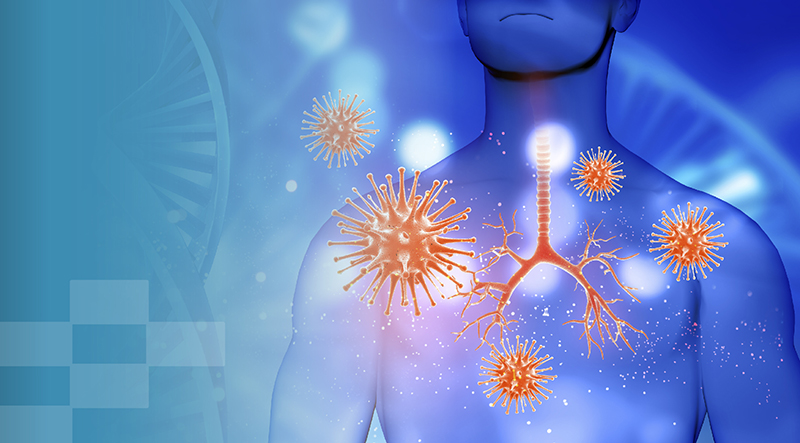
Causes eye damage
Prolonged exposure to UV rays can lead to eye damage, including burns on the surface of the eye (snow blindness or photokeratitis). This raises the risk of conditions such as cataracts, pterygium, and pinguecula.
Accelerates skin aging
UV rays can accelerate the breakdown of collagen and connective tissue in the skin. This can result in wrinkles, brown spots, and a loss of natural elasticity.
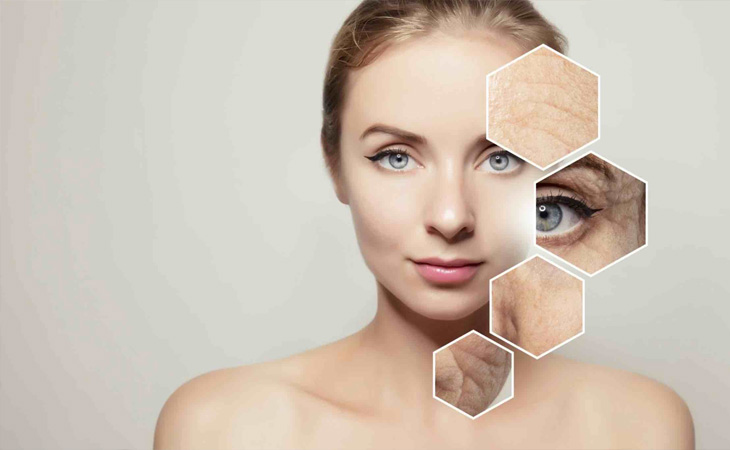
3 Ways to Minimize the Harmful Effects of UV Rays on the Skin during Summer
To protect your skin from the harmful effects of UV rays in the summer, consider the following measures:
Use sunscreen
Using sunscreen is the most common and effective method of sun protection. Look for products with appropriate sun protection factors (SPF) and protection grades (PA). Higher SPF values indicate stronger protection against UVB rays, and higher PA sums indicate greater protection against UVA rays. Aim for PA+++ to PA++++ rated products for optimal skin protection.

Pay attention to clothing
Choose clothing specifically designed for sun protection, such as sun-protective shirts, skirts, UV-blocking umbrellas, and sunglasses to shield your eyes. Avoid sun exposure during peak hours (11am to 2pm) and minimize artificial radiation sources. Consider using insulating films on glass doors in rooms or cars.

Mind your diet
Incorporate foods rich in antioxidants, such as citrus fruits, green tea, carrots, and red bell peppers, to enhance the body’s defense against UV radiation.
Use mechanical sunscreen tools
In addition to other measures, wearing appropriate protective clothing like long-sleeved shirts, collared jackets, long pants in dark colors, and wide-brimmed hats can provide mechanical sun protection. Consider using umbrellas or hats to shield your head when outdoors.

